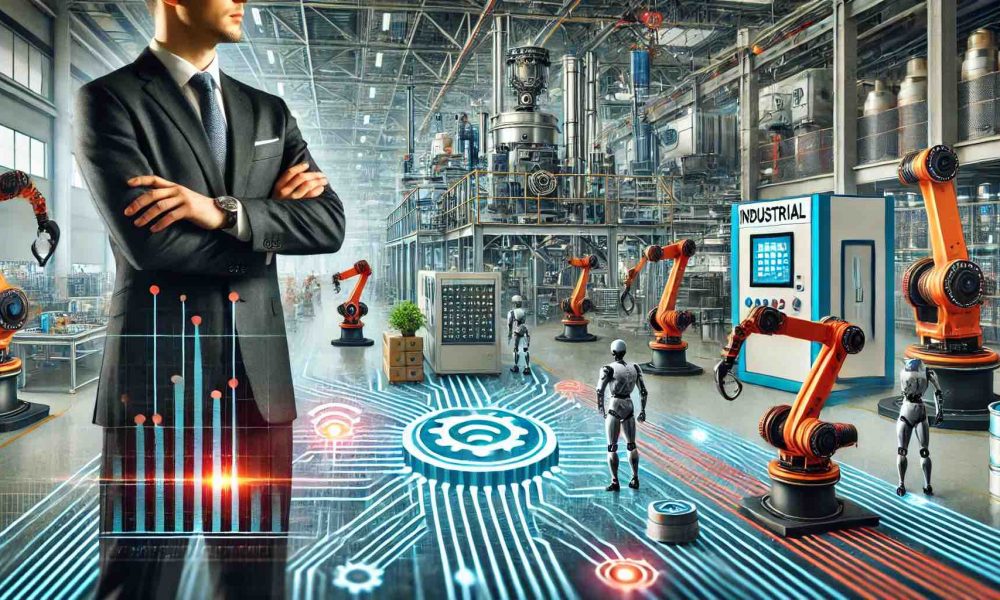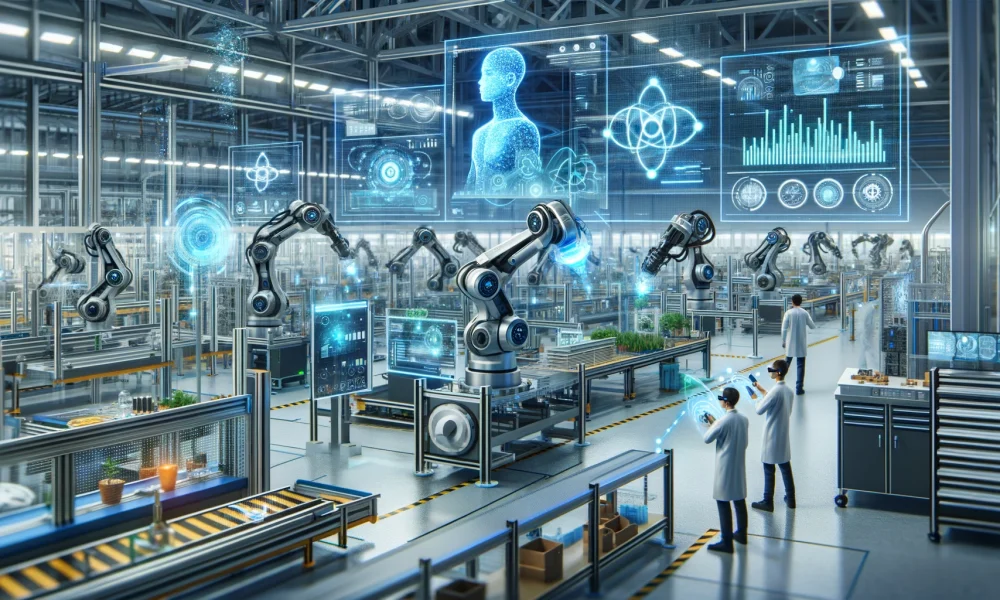Industry
5 Key Trends for Businesses to Watch Heading into the 2030s
The world of business never stands still, and as we approach the 2030s, transformative forces are already reshaping industries. From leaps in ...The Top Emerging Industries Poised to Boom by 2030
The next decade promises to bring significant economic and technological shifts, opening doors to entirely new industries and redefining traditional ones. From ...Why Green Industries Are the Future of Profitable Businesses?
The world is undergoing a significant transformation as businesses and governments place greater emphasis on sustainability. Green industries, which focus on environmentally ...How Industry 4.0 Is Revolutionizing Modern Manufacturing?
The manufacturing world is undergoing a massive transformation, thanks to the emergence of Industry 4.0. Nicknamed the “fourth industrial revolution,” Industry 4.0 ...









